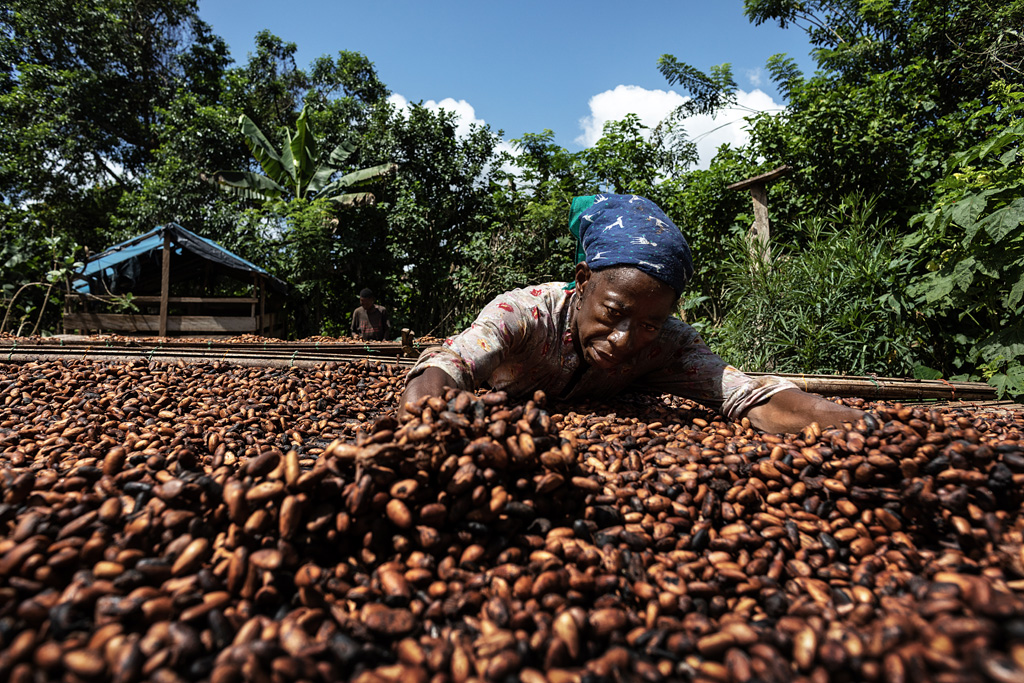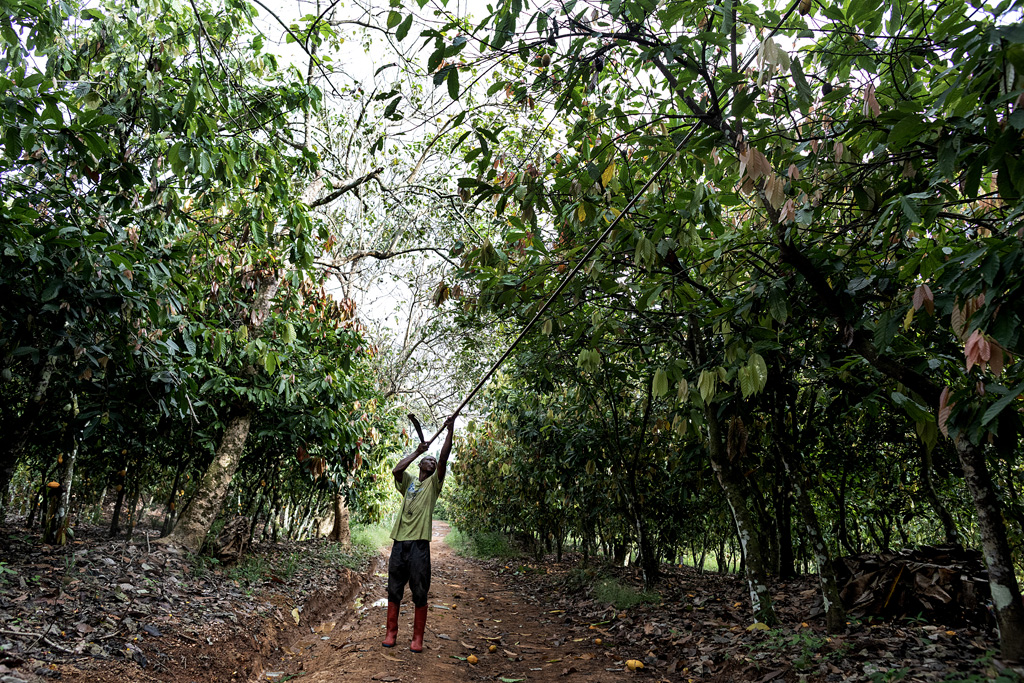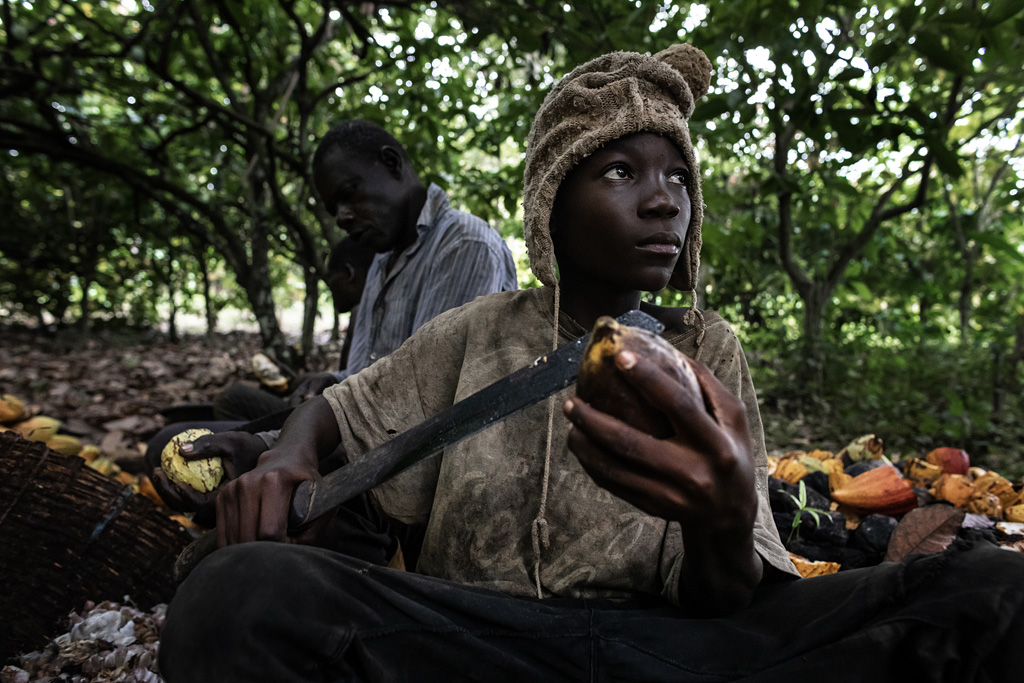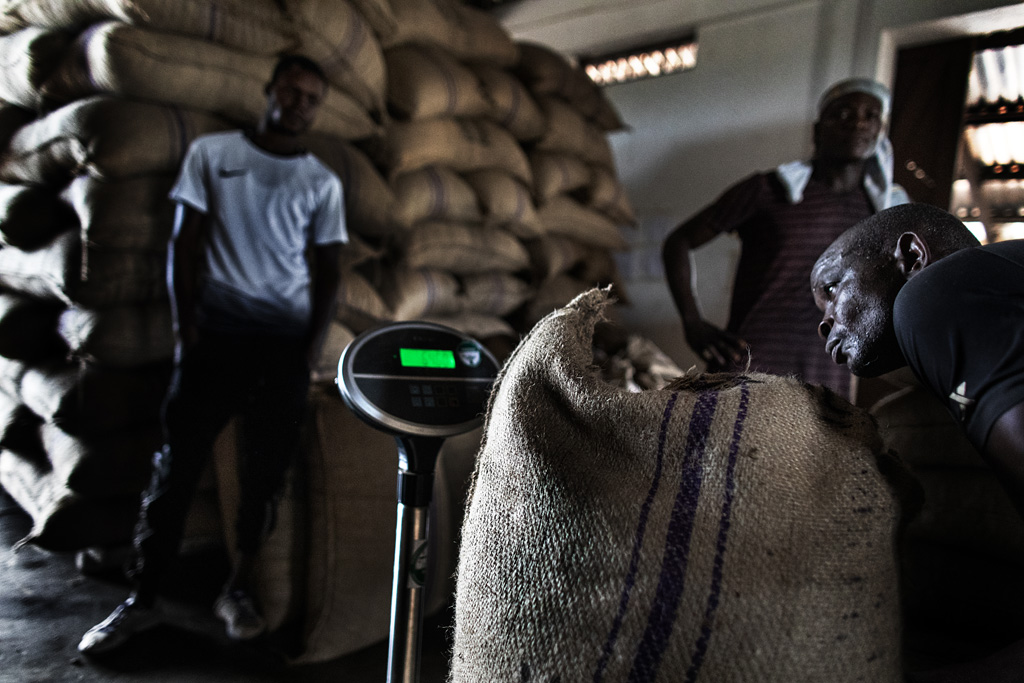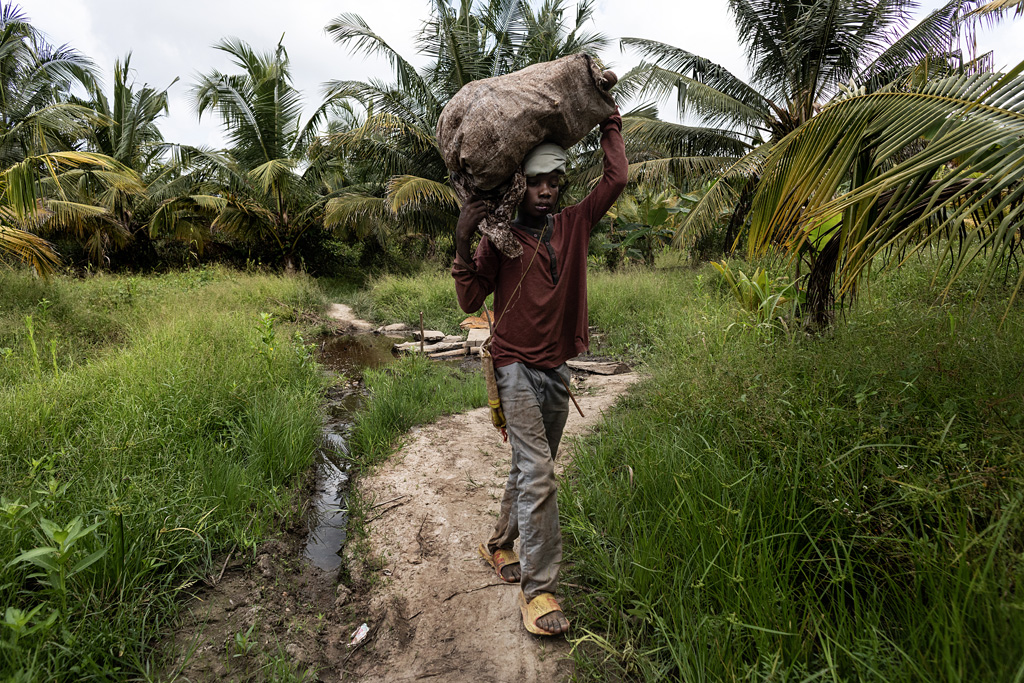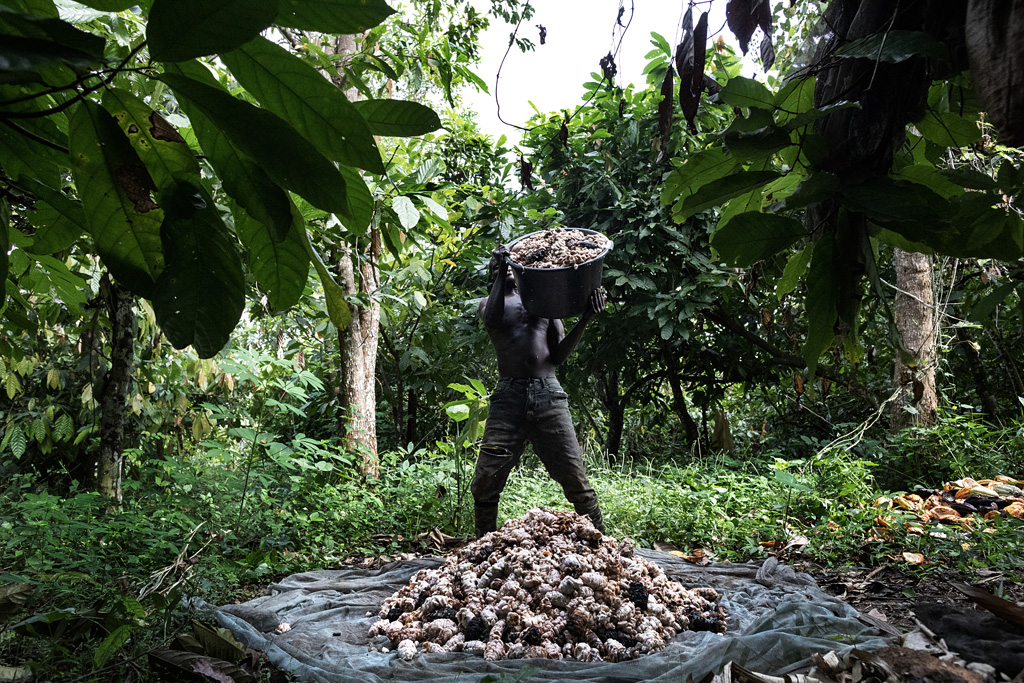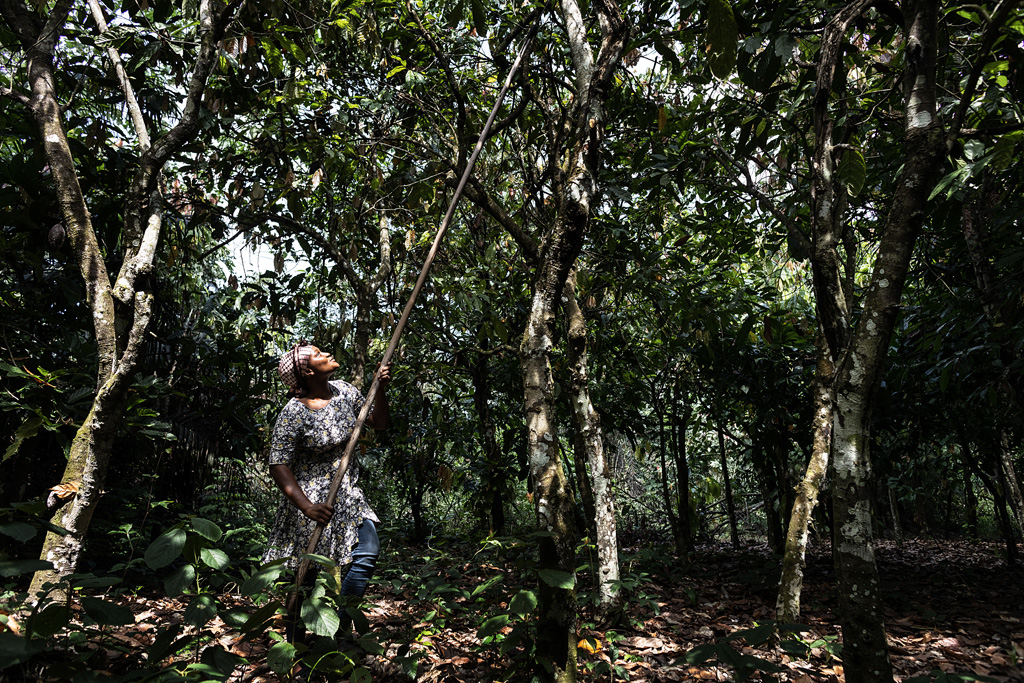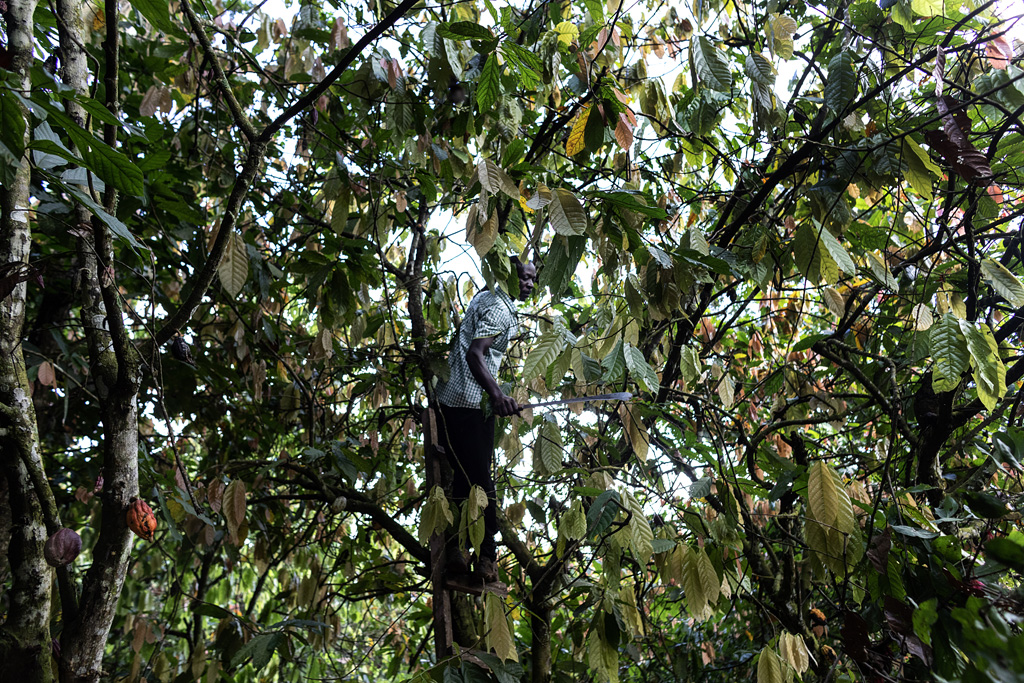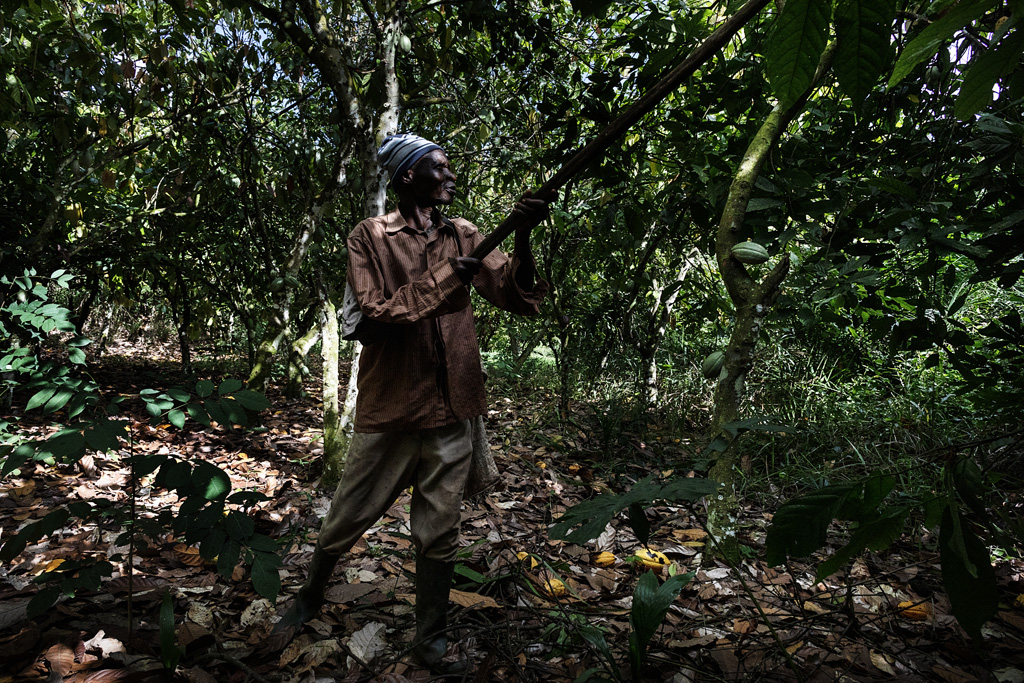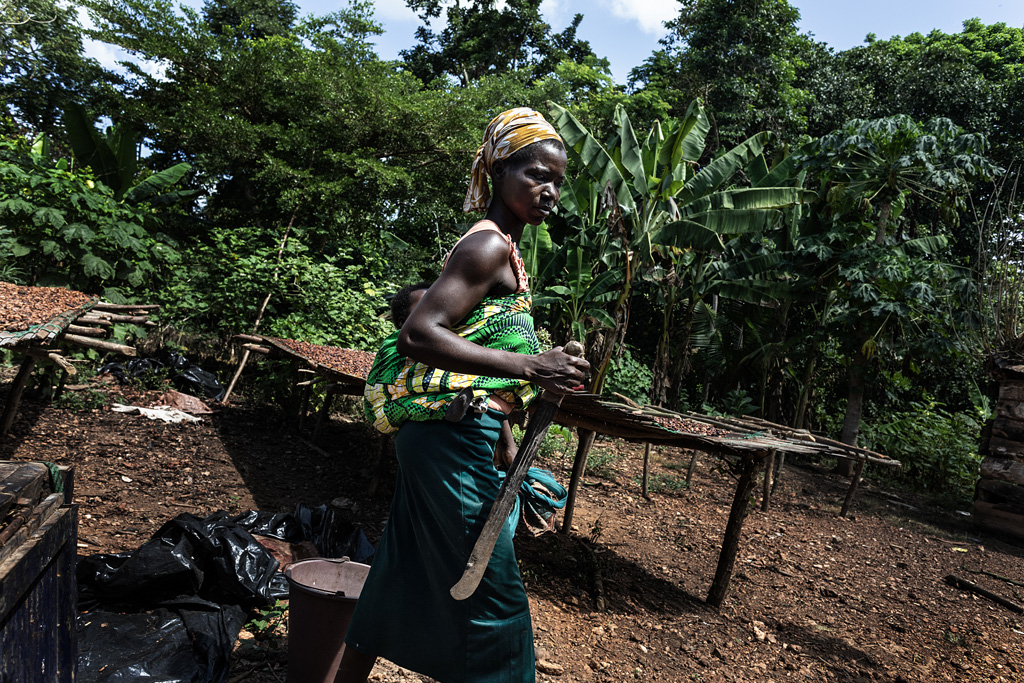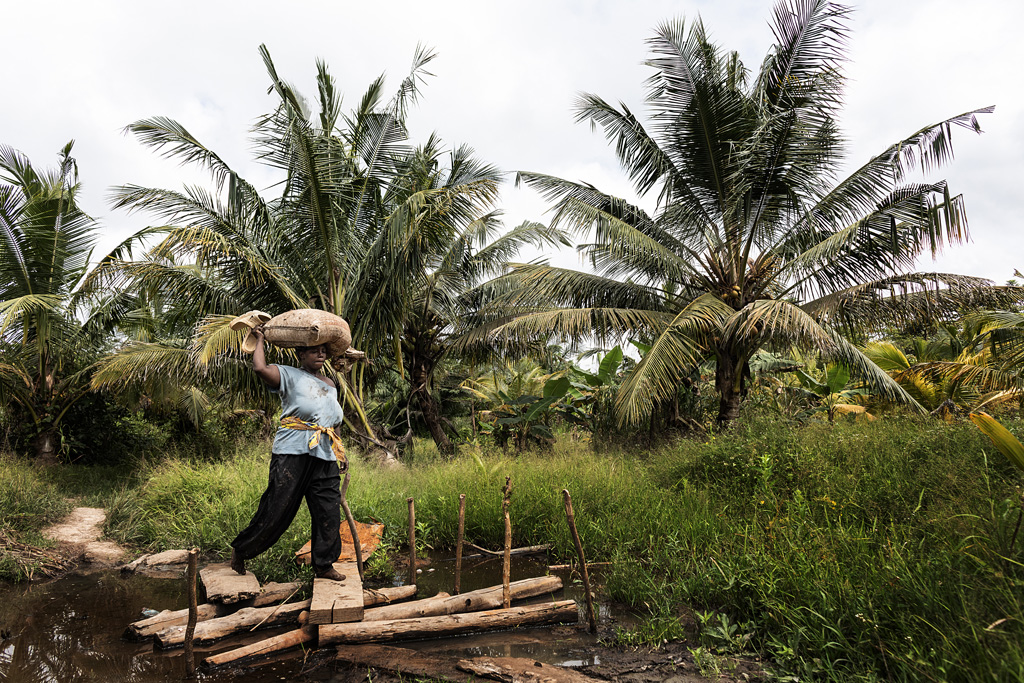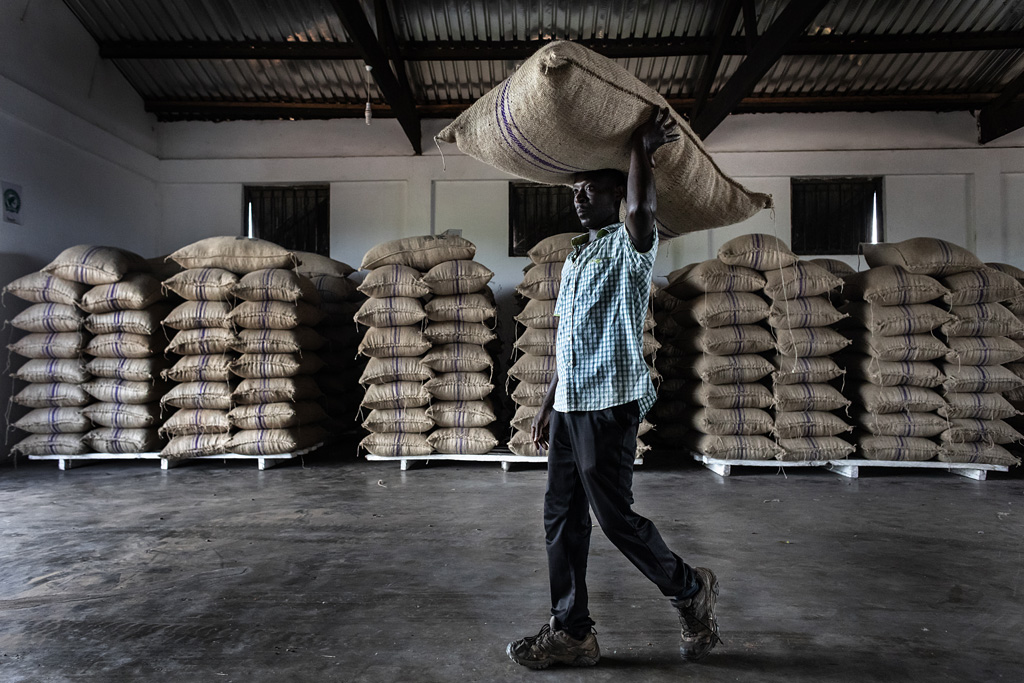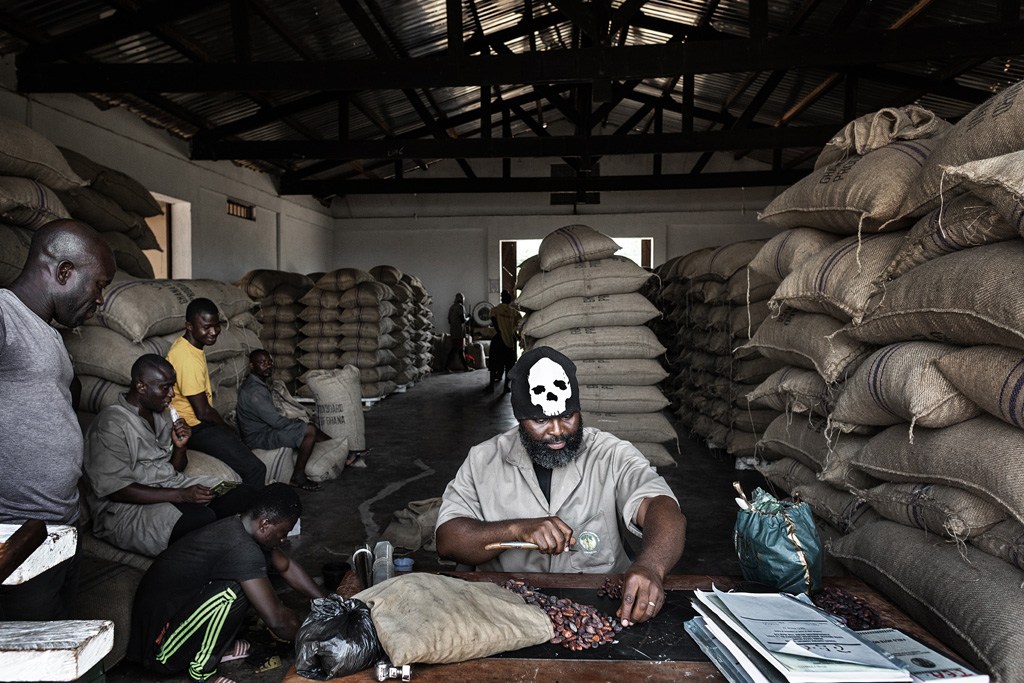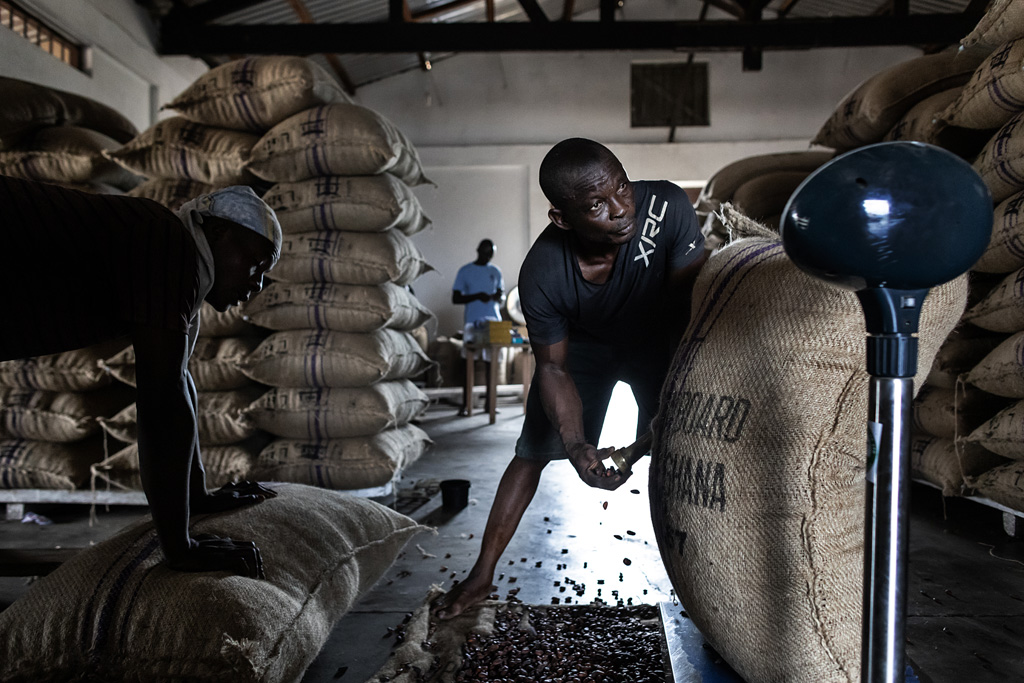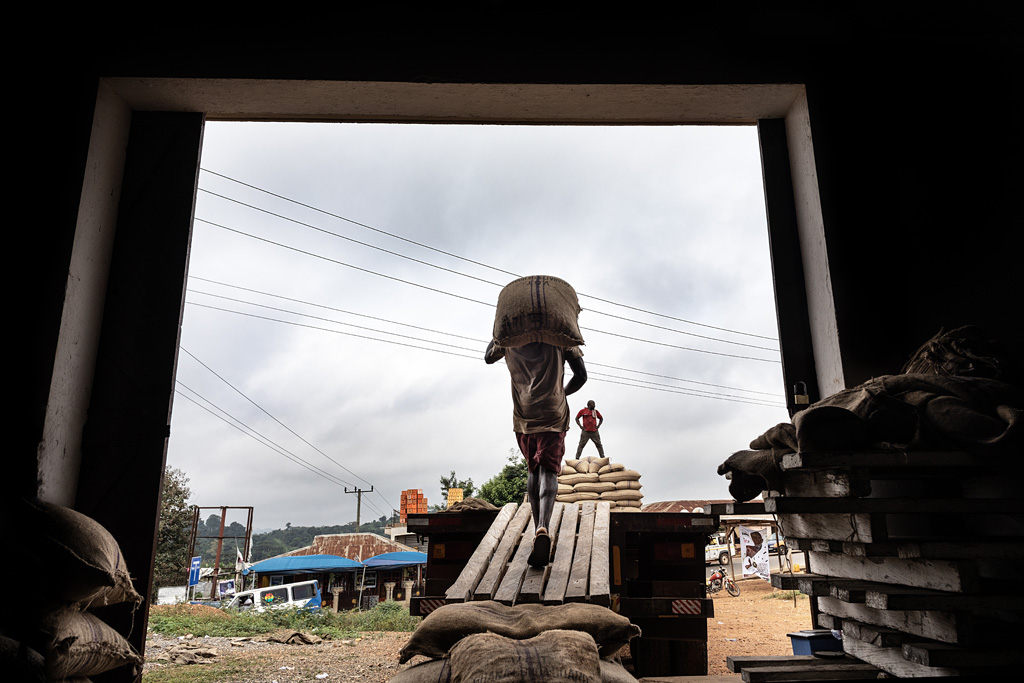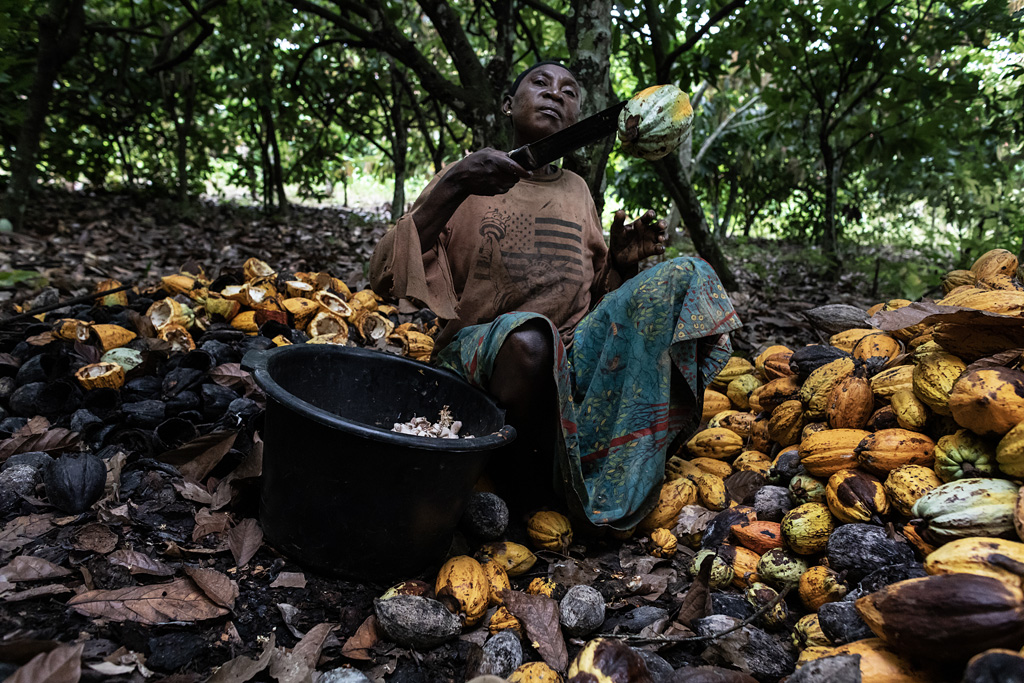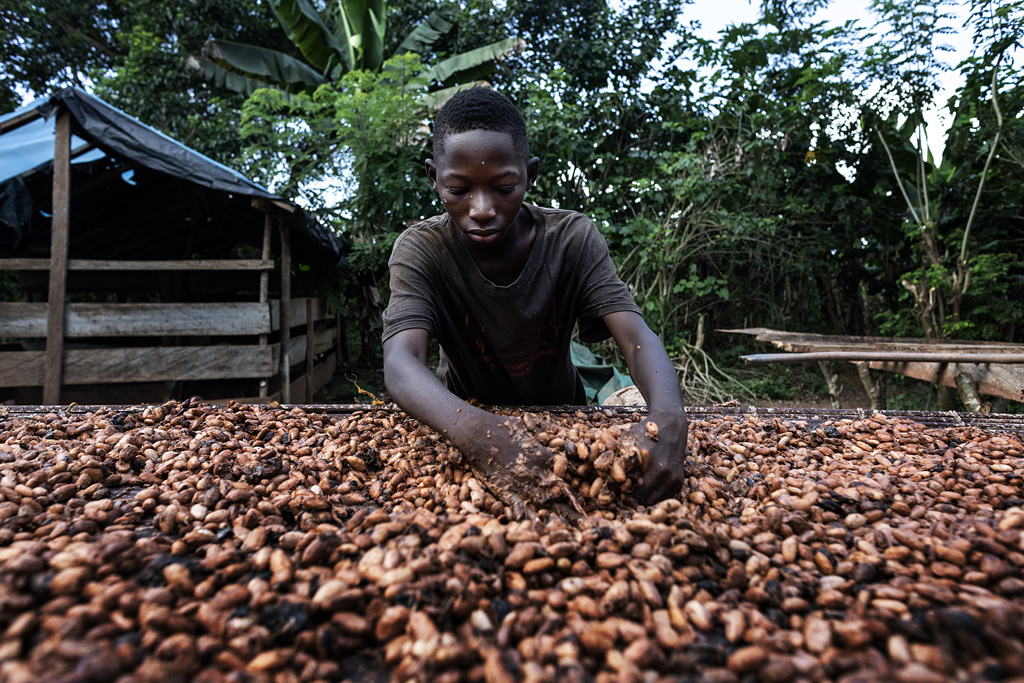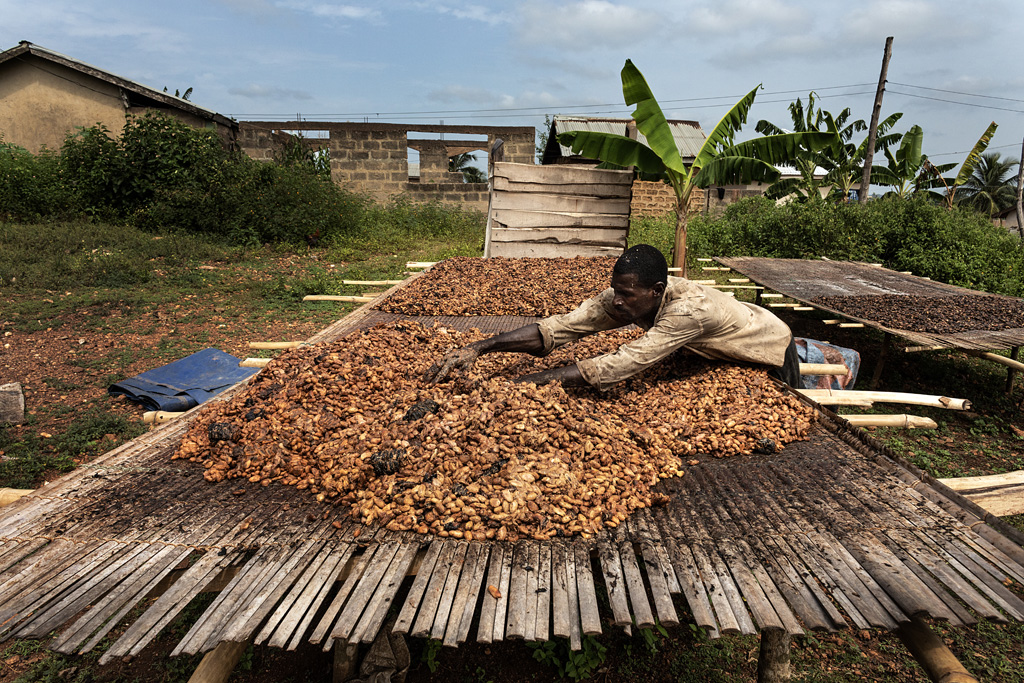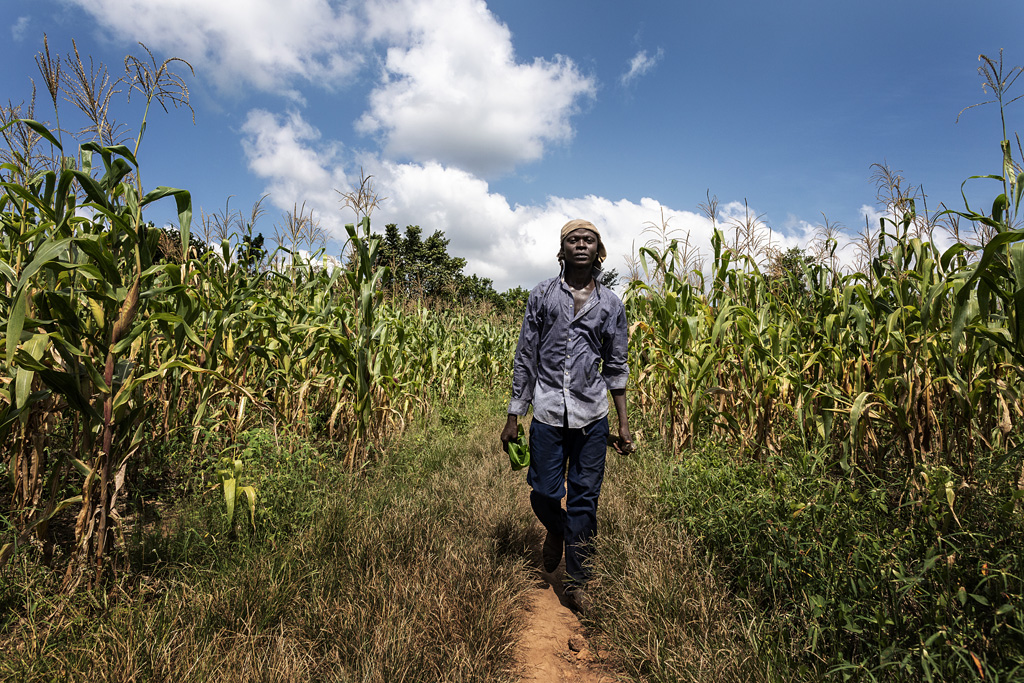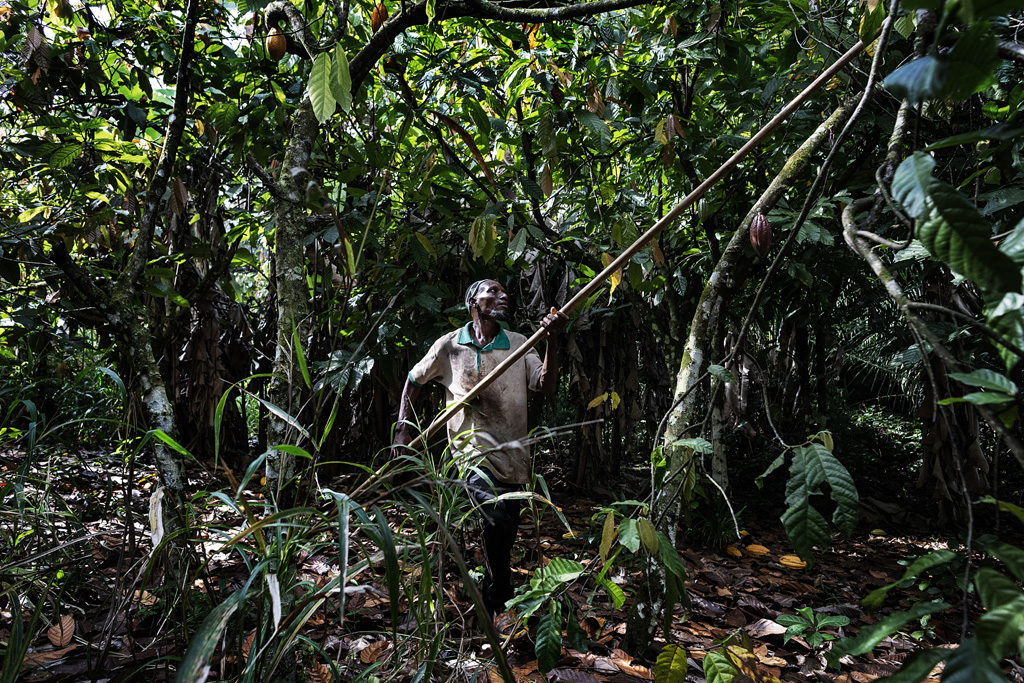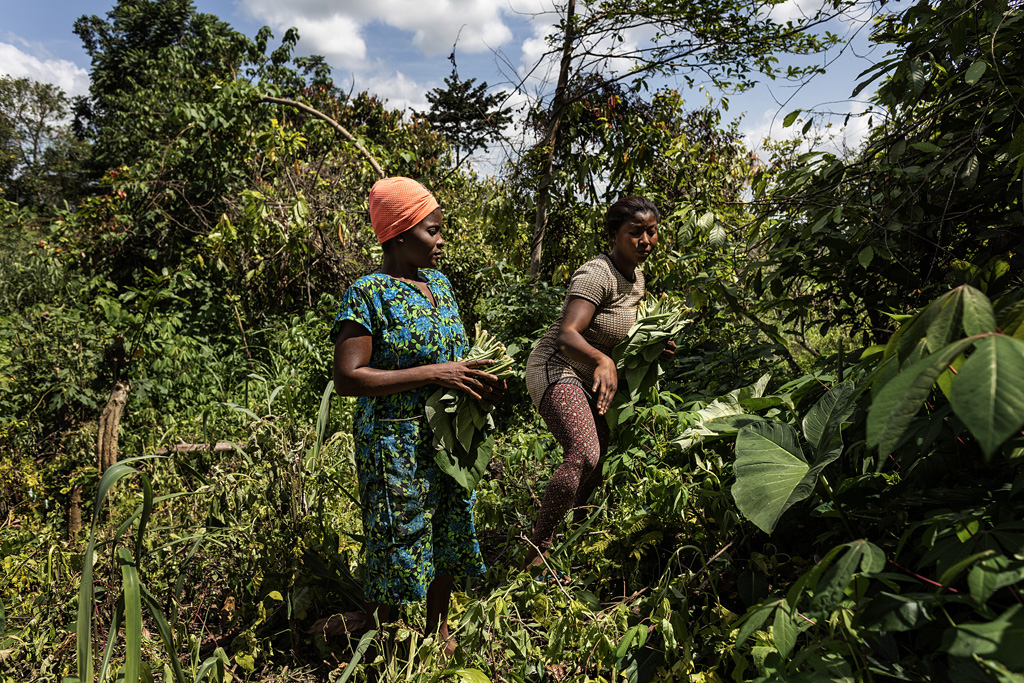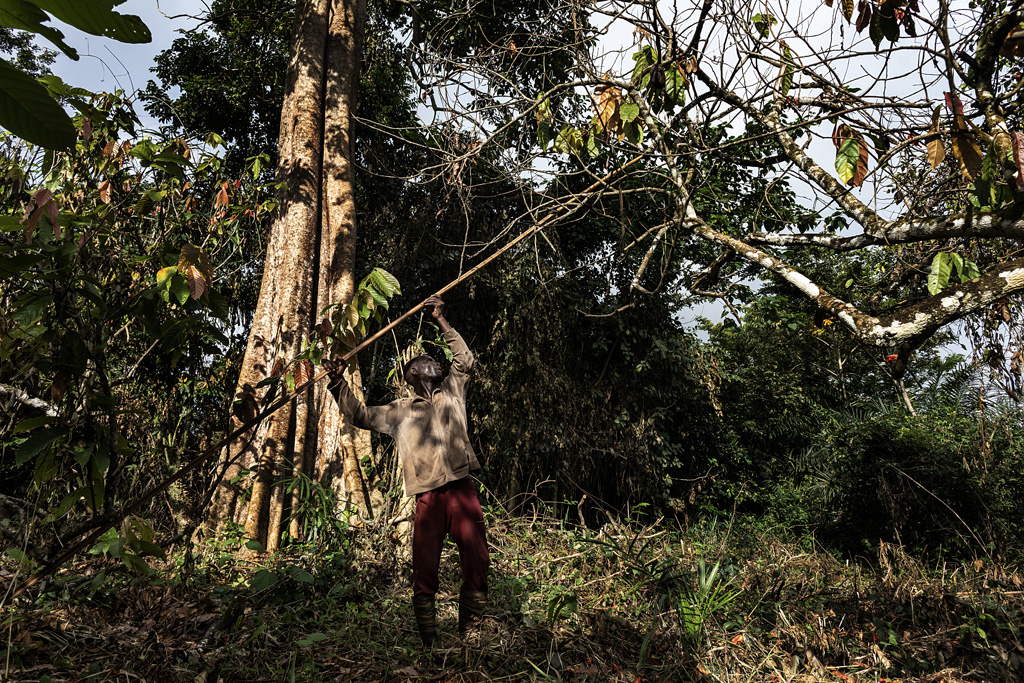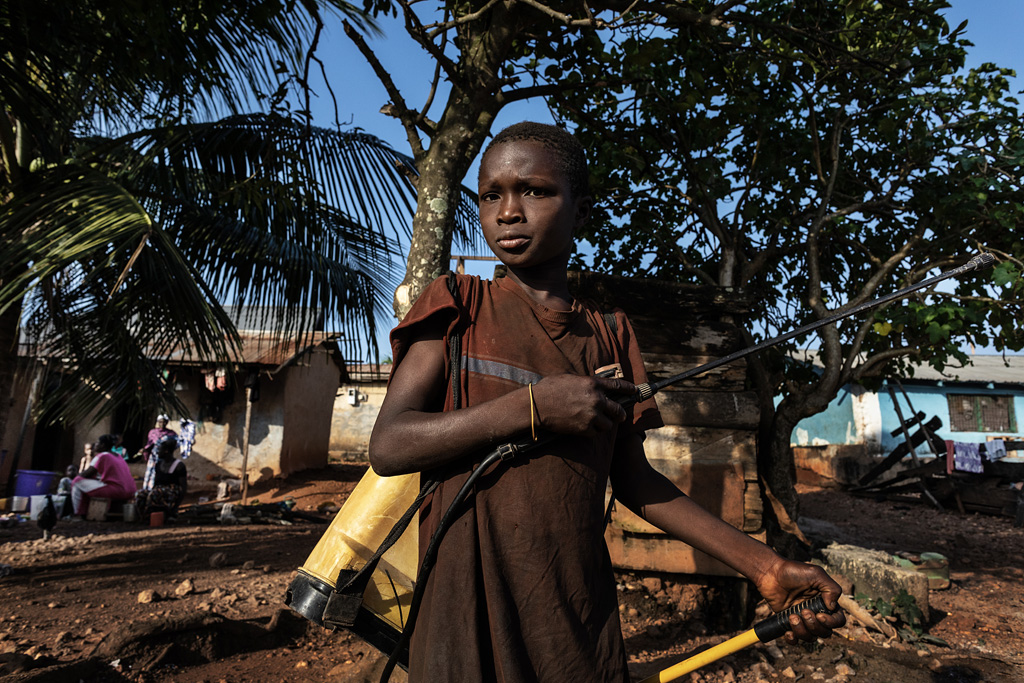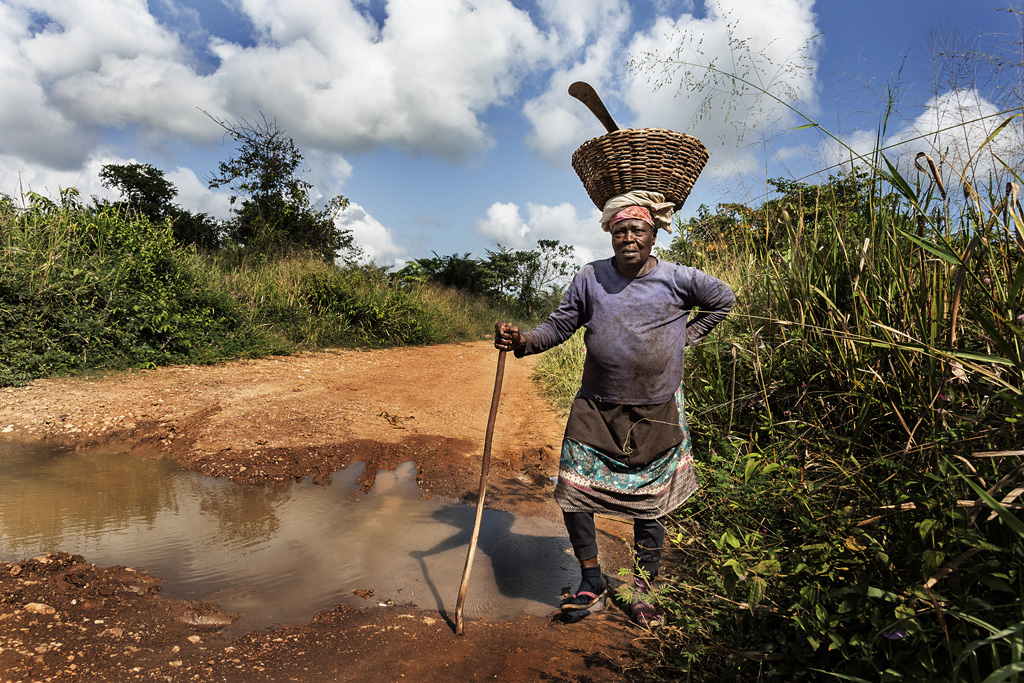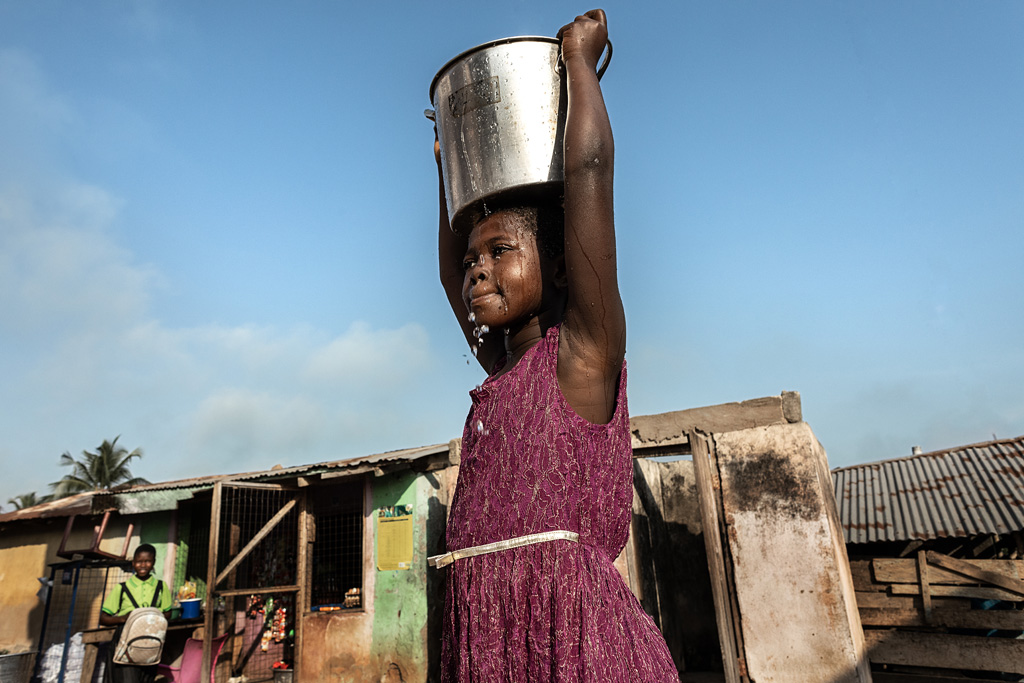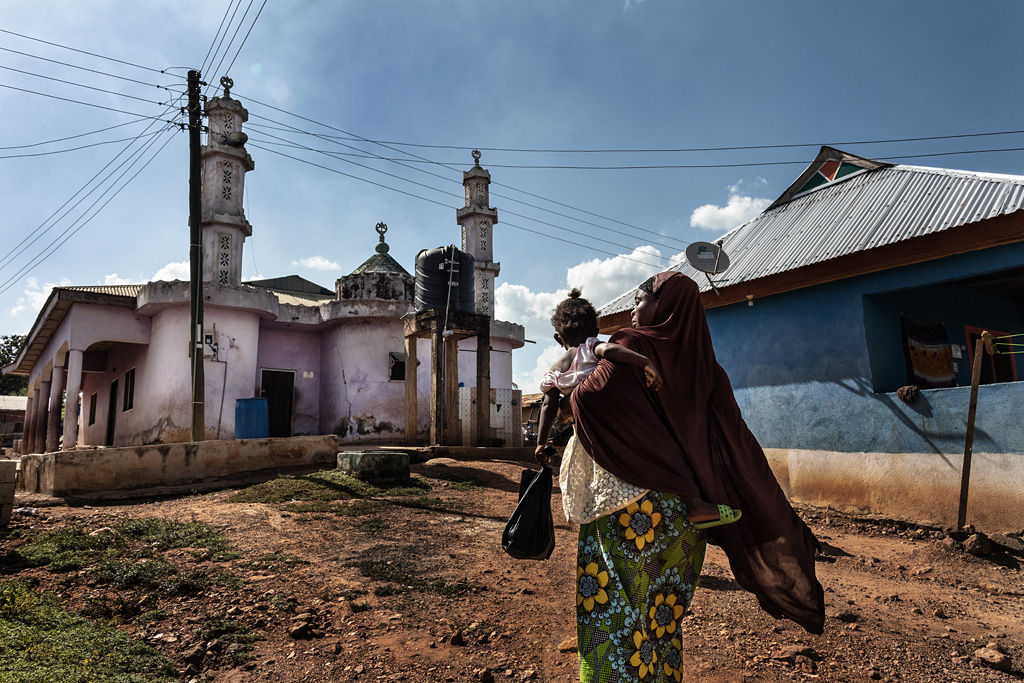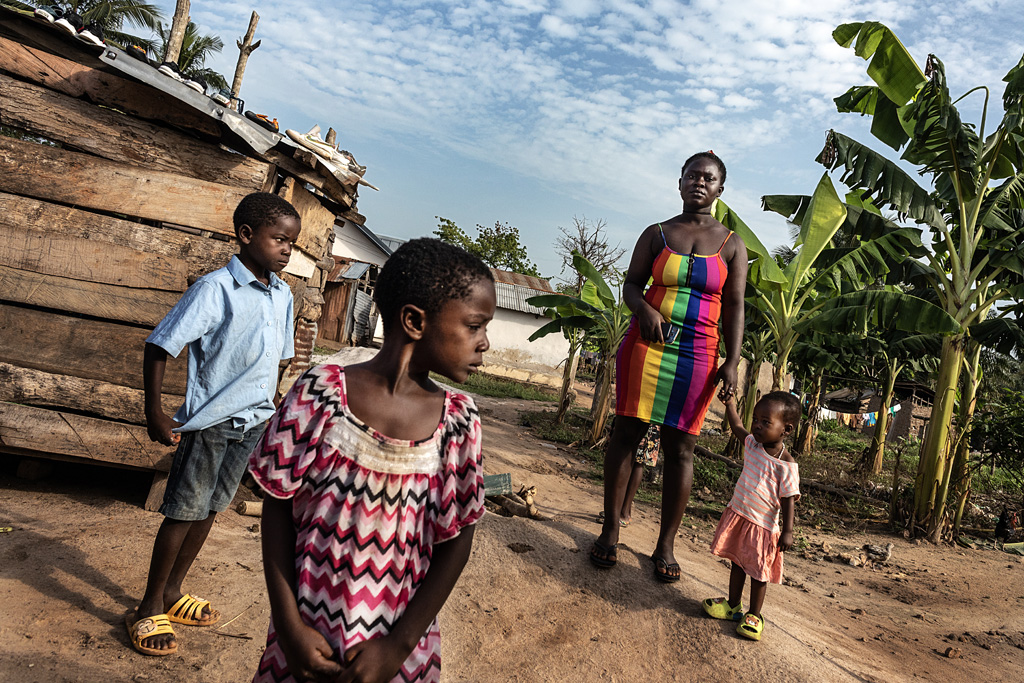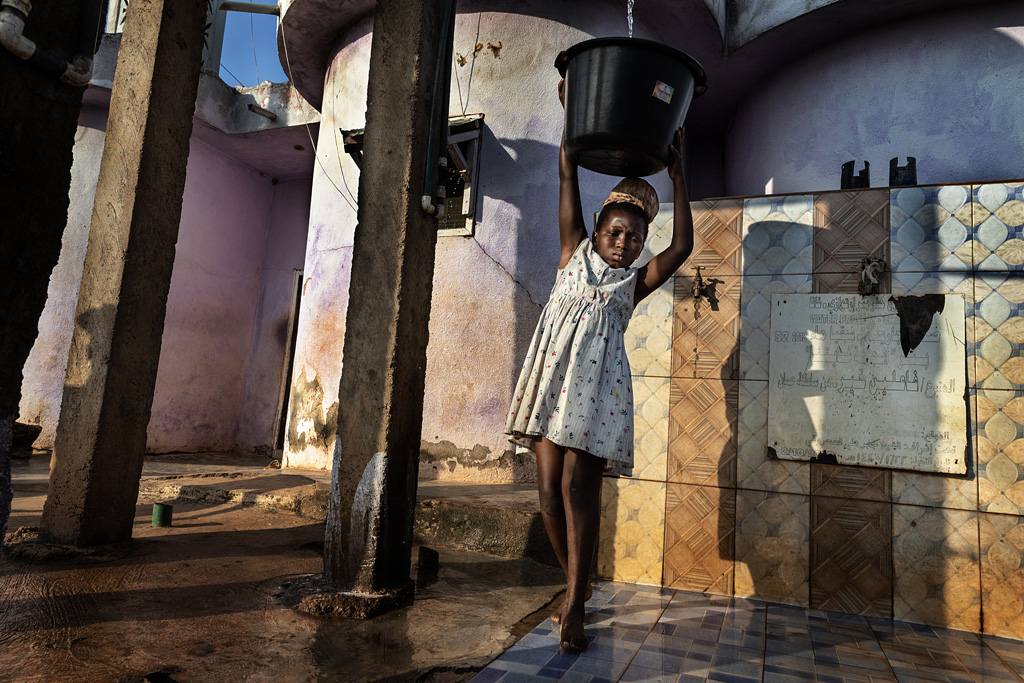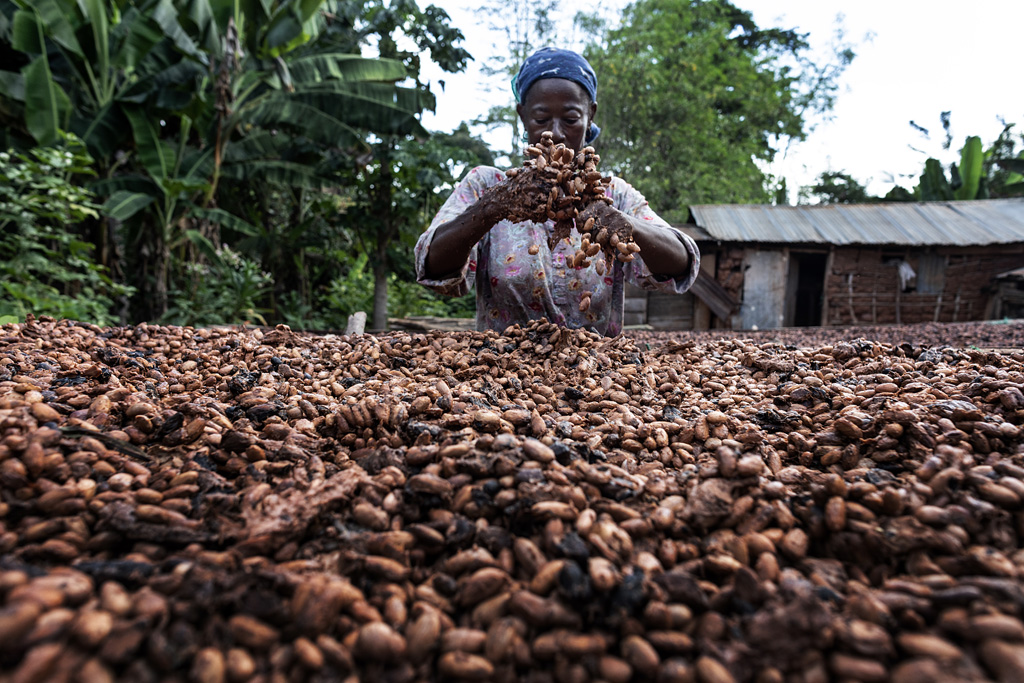X
Cocoa was brought to West Africa by European chocolate companies in search of cheap labor, leaving a colonial legacy in the chocolate industry. This colonial legacy is still evident in the chocolate industry, which is now worth a fortune. However, most of the profits end up in the hands of large foreign multinational confectionery companies that control the chocolate trade. Over 60% of globally produced cocoa originates from West Africa, with Ghana recognized as one of the world’s leading producers, second only to the Ivory Coast. The contribution of the cocoa industry to the Ghanaian economy is significant, employing around 850,000 farming families and generating approximately 800,000 tons of cocoa every year. However, the pandemic has reduced cocoa prices, further reducing the profit margins of farmers. Currently, cocoa farmers in Ghana earn about $2,000 for the entire harvesting season (6 months), which is less than $6 a day for the entire year. On a 100-gram chocolate bar, which has an average cost of $3.5, the Ghanaian farmer receives only $0.15. As a result, farming families often resort to using child labor as a means of livelihood for the entire family. Additionally, children who work on cocoa plantations are exposed to agricultural chemicals and the risks associated with using machetes. To cope with prolific insect populations, tropical regions like Ghana use large quantities of hazardous chemicals such as glyphosate, which can have harmful effects on human health and the environment. Furthermore, cocoa production poses serious environmental problems, with much of the crops originating from illegally cultivated plots, theoretically protected forest areas that have instead been deliberately deforested. Despite the chocolate industry’s turnover constantly increasing, reaching $100 billion globally in 2022, cocoa remains associated with poverty at the base of the production chain, while the finished product is considered a luxury. (Text by Luca Catalano Gonzaga).
